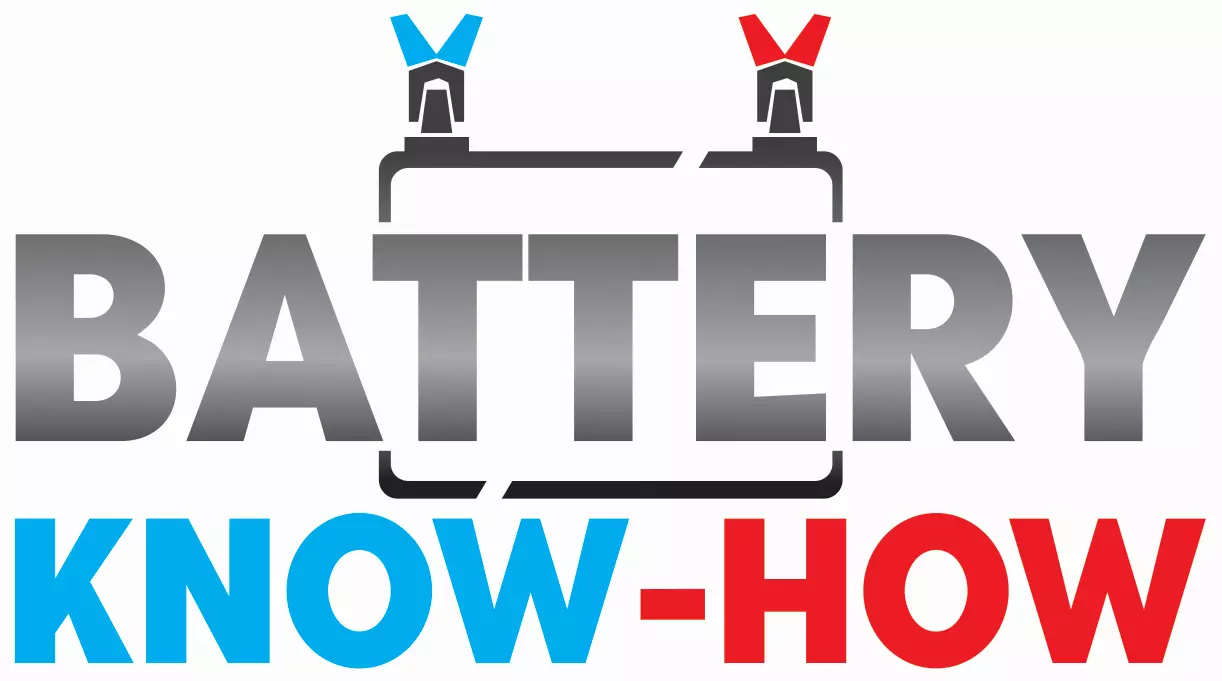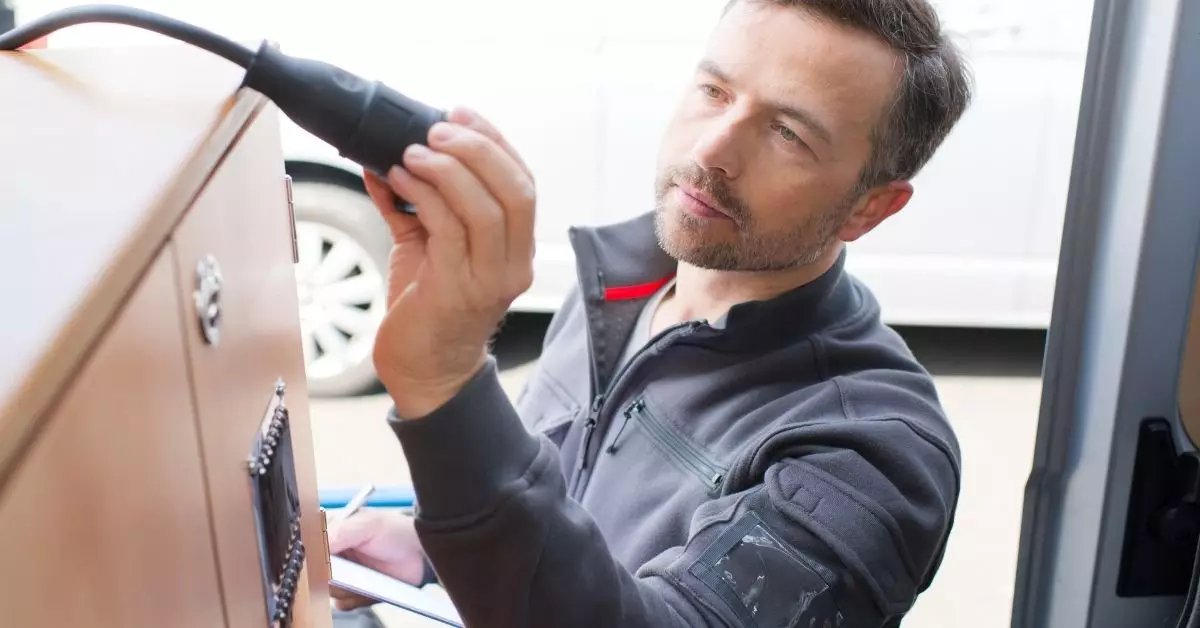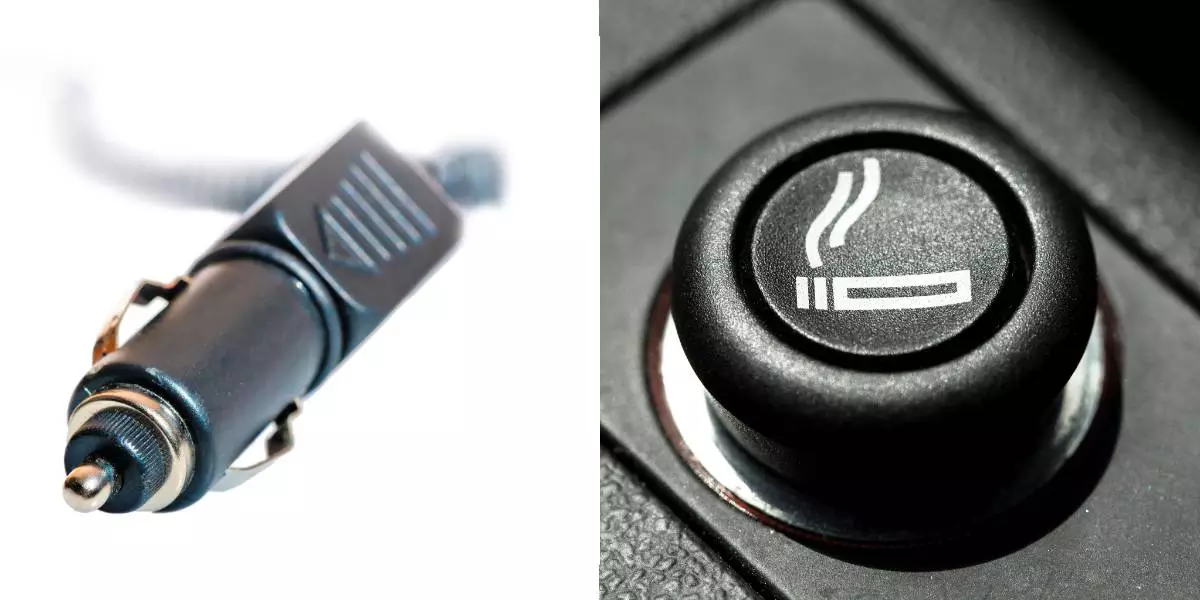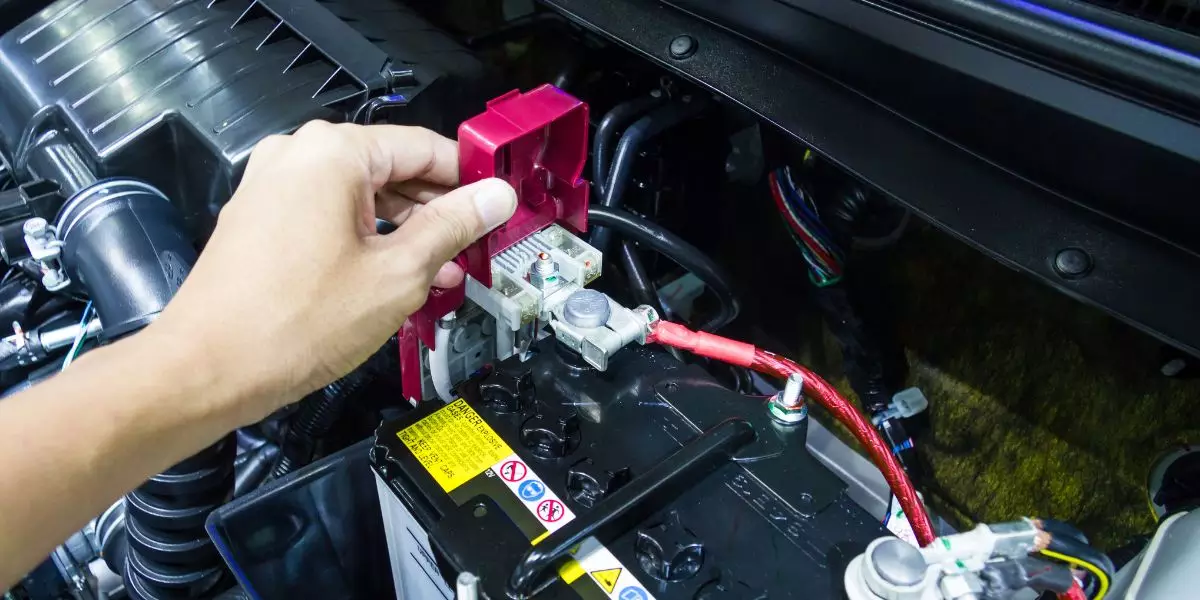For many people, living the RV lifestyle means enjoying plenty of freedom by taking your home on the road with you. That’s why many people don’t enjoy relying too much on RV parks just to plug into shore power. But can the RV’s outlets work only on battery power?
Yes, RV outlets work on battery power despite being on a separate circuit using a different electrical current. That’s because the battery’s circuit connects to the outlet’s circuit through an inverter. The inverter turns the battery’s direct current into the alternating current the outlets need to work.
In this guide, you’ll discover how those outlets work on battery power and how you can make the most of it to improve your RV experience.
How Does An RV Electrical System Work?
As an RV enthusiast, one of the most important things you must understand is how the electrical system works on your coach. Doing that will allow you to know where outlets fit in your RV’s electrical system and how they can manage to run on battery power.
You’ll be surprised to know that your RV’s electrical system is almost nothing like the one that powers your appliances at home!
Instead, the RV’s electrical system is arguably more complex and consists of two types of electrical circuits that work in perfect harmony. Those circuits are:
- The 120-volt alternating current (AC) circuit, powered by shore power or a generator. That is the circuit that your RV’s outlets are part of.
- The 12-volt direct current (DC) circuit. That is the circuit that draws power from the onboard batteries.
These two types of electrical circuits are very different. You can’t even use them to power the same appliances, nor can you connect those two circuits directly.
How Do Batteries (DC) Power RV Outlets (AC)?
So, how is it possible for battery power from the DC circuit to cross over and power your RV outlets in the AC circuit?
Well, that’s where another two critical components of the RV electrical system come into play:
- The converter: which converts 120-volt AC power to 12-volt DC power.
- The inverter: which inverts 12-volt DC power back to 120-volt AC power.
Remember: the AC and DC are two separate circuits. But what combines them are the converter and inverter, which allow the RV electrical system to use both shore and battery power.
In other words, everything in your RV can run on shore power or a generator (AC power). But when those power sources are absent, the electrical system will draw power from the onboard batteries (DC power) instead.
When the AC and DC circuits are connected by the converter and inverter, you get the electrical system that’s standardized on most, if not all, RVs on the market today.
What Other RV Appliances Run On The Alternating Current (AC) Circuit?
Yes, RV outlets can work on batteries. But, unfortunately, they’re not the only appliances draining energy from that power source, and that limits how long you can keep the outlets running.
Here’s why:
An RV’s wall outlets connect to the vehicle’s 120-volt alternating current (AC) circuit, which gets its power from being plugged into an electrical grid.
However, not all of the appliances get their electricity supply inside the RV by being plugged into the outlets. Instead, several other heavy-duty devices are hardwired directly to the AC power system, like the power outlets. Some common examples of those appliances include:
- Ceiling air-conditioner units.
- Microwaves.
- Electric stoves.
- Refrigerators (on electric mode).
- And more.
These appliances only work on AC power, and they have a heavy amp draw. That’s important to keep in mind whenever you rely on battery power to run the outlets.
Whenever you don’t plug the RV into shore power, all its electricity will come from its onboard batteries. So, whatever you’re plugging into the outlets will have to compete for a limited amount of battery power.
So even though RV outlets work on batteries, they won’t work for too long with so many onboard appliances drawing electric current from the onboard batteries simultaneously.
What RV Appliances Run On The Direct Current (DC) Circuit?
Above, we saw how there are plenty of appliances and outlets that potentially draw power from an RV’s onboard batteries. But don’t forget, several devices on the DC circuit still rely on those batteries as well.
The DC circuit is primarily for appliances that don’t have a heavy amp draw, like:
- Fans.
- Lights.
- Water Pumps.
These kinds of appliances only work on DC power. Plus, their lower amp draw means that you can use them on batteries for days before running out of power.
Does An RV Have To Be Plugged In For The Outlets To Work?
Well, it depends on how you plan on using the outlets and what you’re going to plug into them.
The outlets will work perfectly even without plugging into shore power or a generator. That’s because DC power from the onboard batteries can be inverted to AC power and supplied to the outlets.
However, onboard battery power is a limited resource that must be shared across several appliances.
So, for example, using the outlets lightly for charging your phone or powering other electronic devices won’t be a problem. You’ll be able to use those outlets for a long time even though you haven’t plugged the RV into a power source.
However, things will be very different if you use the outlets for heavy-duty purposes like plugging in additional appliances that have a high amp-draw.
This point cannot be stressed enough: onboard battery power is limited, especially since you’re spreading it across multiple appliances. Plugging even more devices into the outlets will only drain those batteries faster. When that happens, none of the outlets will work at all.
So, when you don’t connect to shore power, the batteries will eventually need to be recharged from other DC power sources like:
- Solar panels, which will recharge the batteries in the daytime when there’s sunlight.
- The RV’s engine, which will recharge the batteries when it’s turned on.
Why Are My RV Outlets Not Working On Battery Power?
Let’s suppose that all of your RV electrical system components are in good working order, yet the outlets still won’t work on battery power. What’s going on?
The most likely cause for this problem is a tripped GFCI outlet.
What’s A GFCI Outlet?
GFCI stands for ‘ground fault circuit interrupter’. It’s a special kind of outlet with protective features, and you’ll often find them in the wet areas of the RV like the kitchen and bathroom.
How An RV GFCI Outlet Works
When the GFCI outlet senses an electrical fault like a short circuit or power surge, it will shut off power to itself and any other outlets connected on the same circuit. That’s why the outlets stop working despite your battery having a full charge.
How To Fix The GFCI Outlet
GFCI outlets are designed to trip because of an electrical fault. So, there’s nothing wrong with the outlet. Once you reset it, all the outlets will work normally again.
To do that, find the GFCI outlet and press the reset button built into it.
Bottom Line: Should You Run RV Outlets On Battery Power?
There’s no problem with using RV outlets on battery power. However, if you have access to shore power or a generator, you should power your outlets with those first. That way, you can reserve your limited battery power for when you need to use it, like in emergencies or when boondocking.




